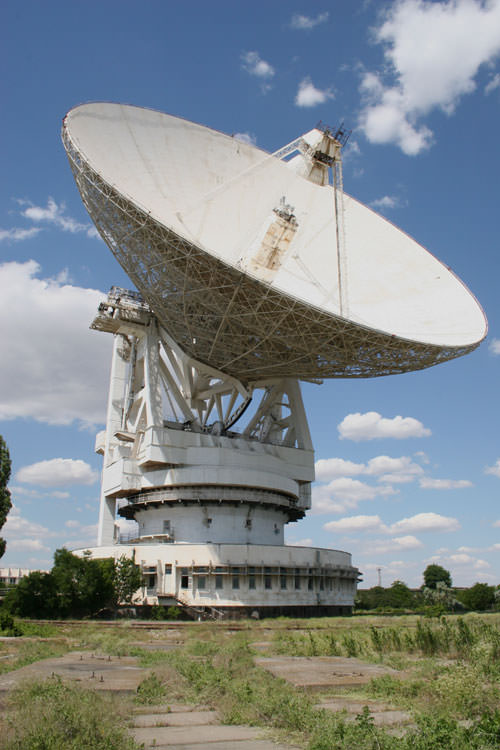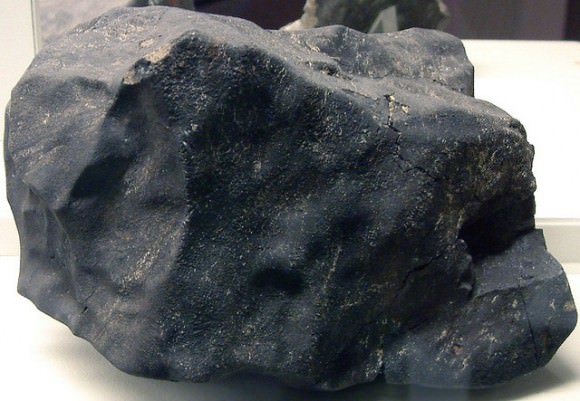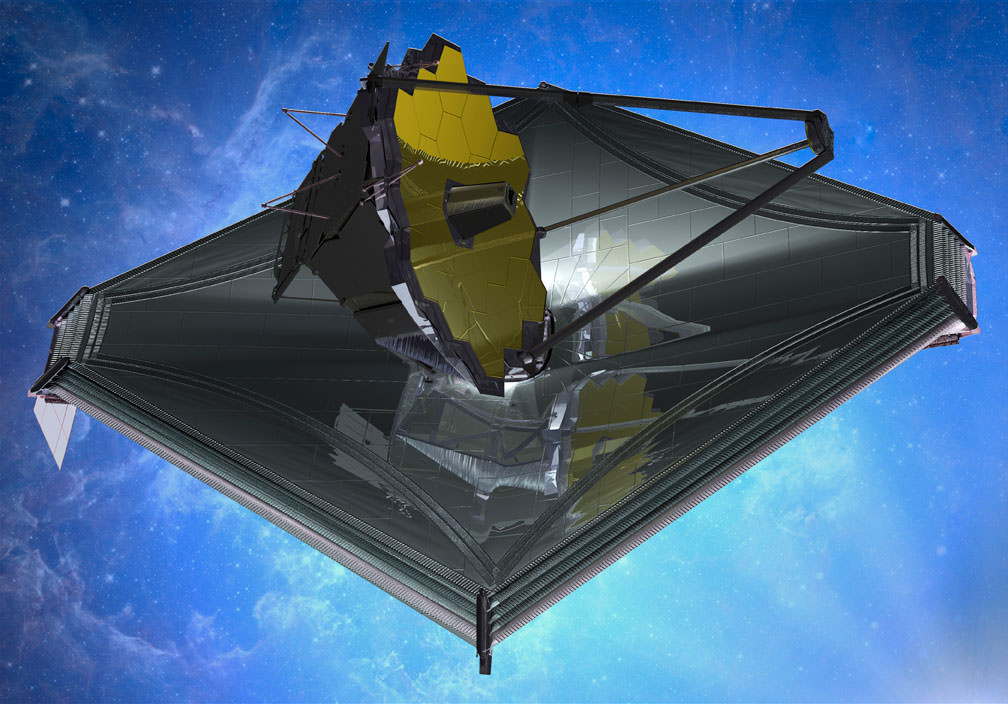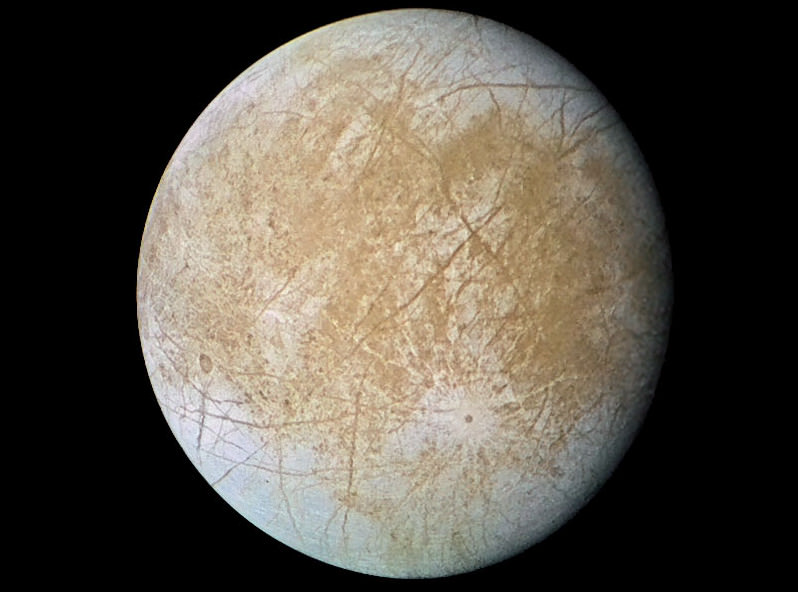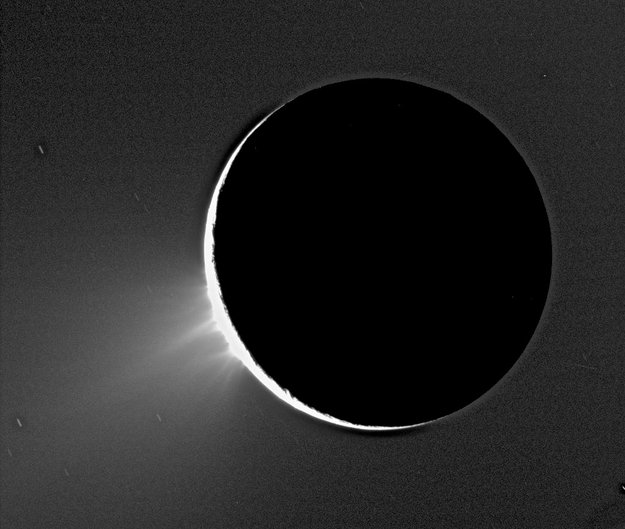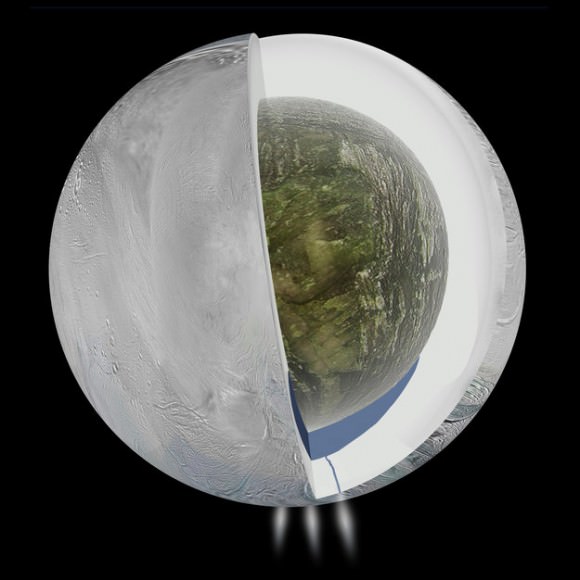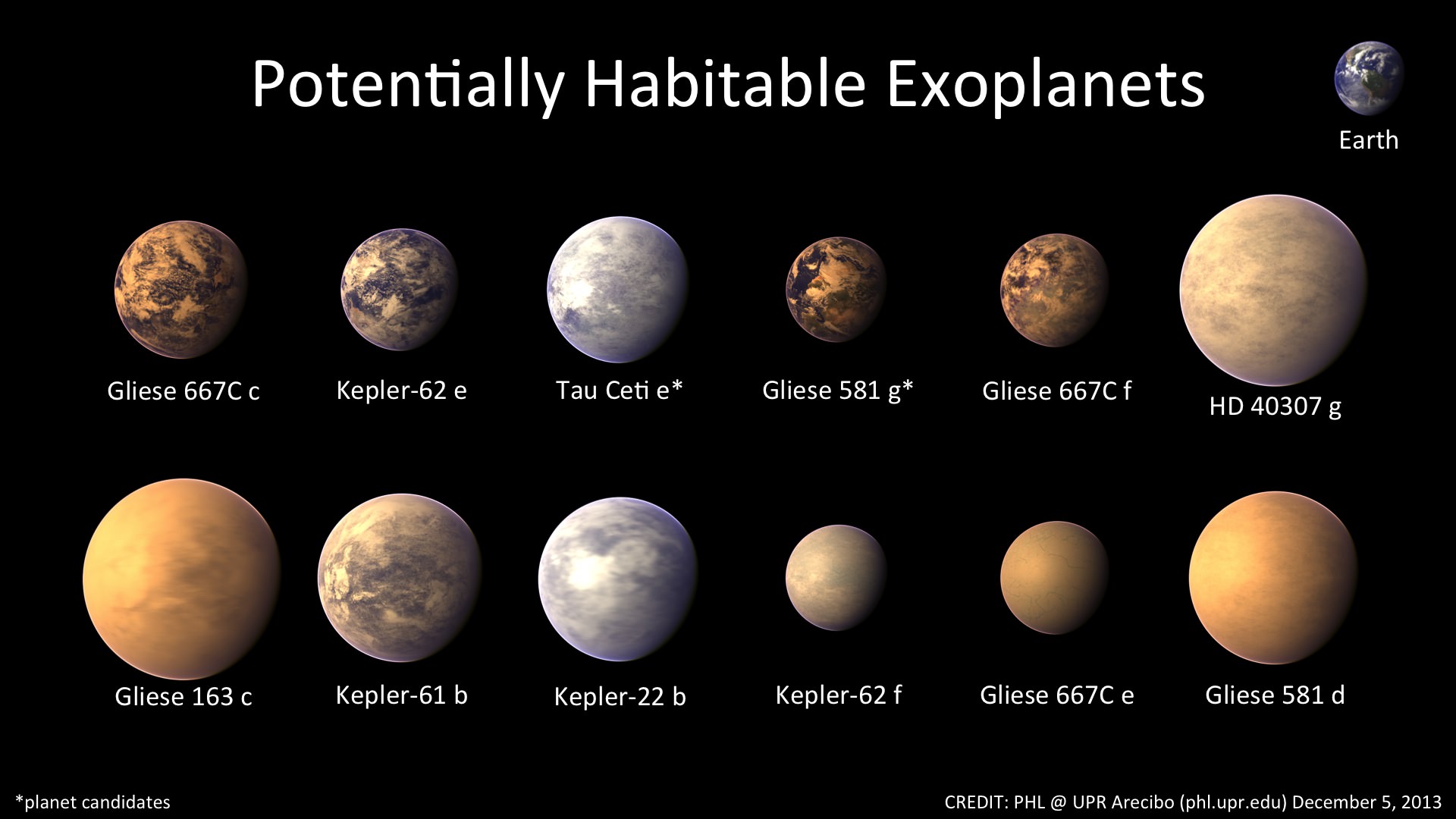Over the last 20 years, astronomers have discovered several thousand planets orbiting other stars. We now know that potentially habitable Earth-like planets are abundant in the cosmos. Such findings lend a new plausibility to the idea that intelligent life might exist on other worlds. Suppose that SETI (Search for Extraterrestrial Intelligence) researchers succeed in their quest to find a message from a distant exoplanet. How much information can we hope to receive or send? Can we hope to decipher its meaning? Can humans compose interstellar messages that are comprehensible to alien minds?
Such concerns were the topic of a two day academic conference on interstellar messages held at the SETI Institute in Mountain View, California; ‘Communicating across the Cosmos’. The conference drew 17 speakers from a wide variety of disciplines, including linguistics, anthropology, archeology, mathematics, cognitive science, philosophy, radio astronomy, and art. This article is the first of a series of installments about the conference. Today, we’ll explore the ways in which our society is already sending messages to extraterrestrial civilizations, both accidentally and on purpose.
Sending radio messages over sizable interstellar distances is feasible with present day technology. According to SETI Institute radio astronomer Seth Shostak, who presented at the conference, we are already — by accident — constantly signaling our presence to any extraterrestrial astronomers that might exist in our neighborhood of the galaxy. Some radio signals intended for domestic uses leak into space. The most powerful come from radars used for military purposes, air traffic control, and weather forecasting. Because these radars sweep across broad swaths of the sky, their signals travel out into space in many directions.
With radio telescopes no more sensitive than those astronomers on Earth use today, extraterrestrials out to distances of tens of light years could detect them and figure out that they were artificial. The Arecibo radar telescope in Puerto Rico is designed specifically to send a narrow beam of radio waves into space, usually to bounce them off celestial bodies and learn about their surfaces. For a receiver within its beam, it could be detected hundreds of light-years away.
FM radio and television broadcasts also leak out into space, but they are weaker and couldn’t be detected more than about one tenth of a light year away with present day human technology. This is quite a bit less than the distance to the nearest star. The size and sensitivity of radio telescopes is progressing rapidly. An alien civilization just a few centuries more advanced than us in radio technology could detect even these weak signals over vast distances in the galaxy. As our signals spread outward at the speed of light, they will reach progressively larger numbers of stars and planets, any one of which might be home to ETI. If they really are out there, they are likely to find us eventually.
Humans have been fascinated with formulating messages for extraterrestrials for a surprisingly long time. Eighteenth and nineteenth century scientists drew up proposals to make huge fire pits or plantings in the shapes of geometric figures that they hoped would be visible in the telescopes of the inhabitants of neighboring worlds. In the early days of radio, attempts were made to contact Mars and Venus.
As prospects for intelligent life within the solar system dimmed, attention turned to the stars. In the early 1970’s the first two spacecraft to escape the sun’s gravitational pull, Pioneer 10 and 11, each carried an engraved plaque designed to tell aliens where Earth is, and what human beings look like. Voyager 1 and 2 carried a more ambitious message of images and sounds encoded on a phonograph record. Both the Pioneer plaques and the Voyager records were devised by teams led by astronomers Carl Sagan and Frank Drake, both SETI pioneers. In 1974, the powerful Arecibo radio telescope beamed a brief 3 minute message towards a star cluster 21,000 light years away as part of a dedication ceremony for a major upgrade. The binary coded message was an image, including a stick figure of a human, our solar system, and some chemicals important to earthly life. The distant target was chosen simply because it was overhead at the time of the ceremony.
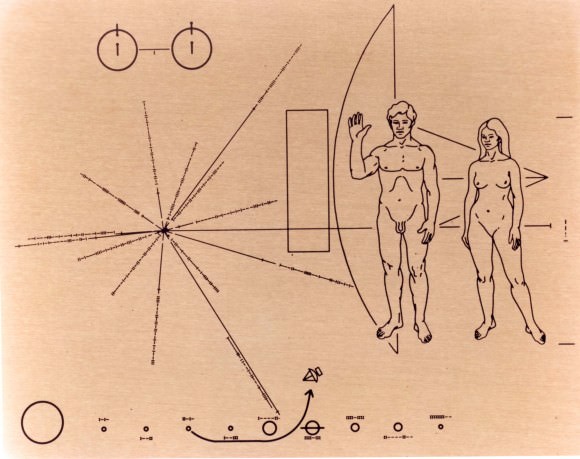
Cultural anthropologist and conference speaker Klara Anna Capova said that in recent years, messaging to extraterrestrials has moved beyond science and become a commercial enterprise. In 1999 and 2003, a private company solicited content from the general public and transmitted these ‘Cosmic Call’ messages to several nearby sun-like stars from the 70 meter radio telescope of the Evpatoria Deep Space Center in Crimea, Ukraine.
In 2009, another private company transmitted 25,000 messages, collected via a website, towards the red dwarf star Gliese 581, 20 light years away. In 2008, a Dorito’s commercial was beamed to a sun-like star 42 light years away, and in 2009 Penguin books transmitted 1000 messages as part of a book promotion. In 2010, a greeting, spoken in the fictional Klingon language, was beamed towards the star Arcturus, 37 light years away. The message was sent to promote the opening of what was billed as the first authentic Klingon opera on Earth. As one conference speaker noted, there are no regulations on the transmission or content of such messages.
Actively messaging extraterrestrials is a controversial practice, and the director of the Evpatoria Center, Alexander Zaitsev, has faced criticism from some members of the scientific community for his actions. Traditionally, SETI researchers have simply listened for alien messages. A received message might allow humans to learn something about the nature and motives of its extraterrestrial senders. That might give us a basis for deciding whether or not it was wise and prudent to reply.
Drake’s Arecibo message, by intent, was beamed at a star cluster tens of thousands of light years away and was meant simply to demonstrate the capacity for interstellar messaging. The Pioneer and Voyager spacecraft likewise will not reach the stars for tens of thousands of years. On the other hand, the recent transmissions were directed at nearby stars, from which we might receive a reply in less than a century. At the conference, Seth Shostak advanced what he confessed was a provocative position. He said we shouldn’t worry too much about the recent transmissions, because the much weaker signals that constantly emanate from Earth would be detectable by extraterrestrial civilizations with more advanced radio technology anyway. “That horse”, he said “has already left the barn”.
In the next installment, we will explore the SETI Institute’s current and planned efforts to conduct our human search for extraterrestrial signals. We will consider the limits of our own signaling capacity, and learn that the amount of information we could send the aliens is truly vast.
References and Further Reading:
Communicating across the Cosmos: How can we make ourselves understood by other civilizations in the galaxy (2014), SETI Institute Conference Website
N. Atkinson (2008), Message from Earth beamed to alien world, Universe Today.
F. Cain (2013), How could we find aliens? The search for extraterrestrial intelligence (SETI), Universe Today.
M. J. Crowe (1986) The Extraterrestrial Life Debate 1750-1900: The Idea of a Plurality of Worlds From Kant to Lowell, University of Cambridge, Cambridge, UK.
C. Sagan, F. Drake, A. Druyan, T. Ferris, J. Lomberg, L. S. Sagan (1978), Murmurs of Earth: The Voyager Interstellar Record, Random House, New York, NY.
W. T. Sullivan III; S. Brown, and C. Wetherill, (1978) Eavesdropping: The radio signature of Earth, Science 199(4327): 377-388.

